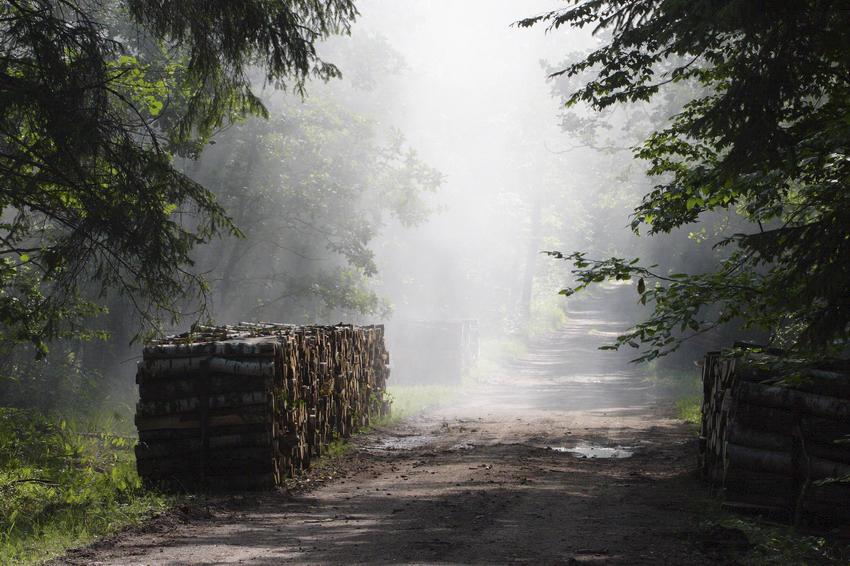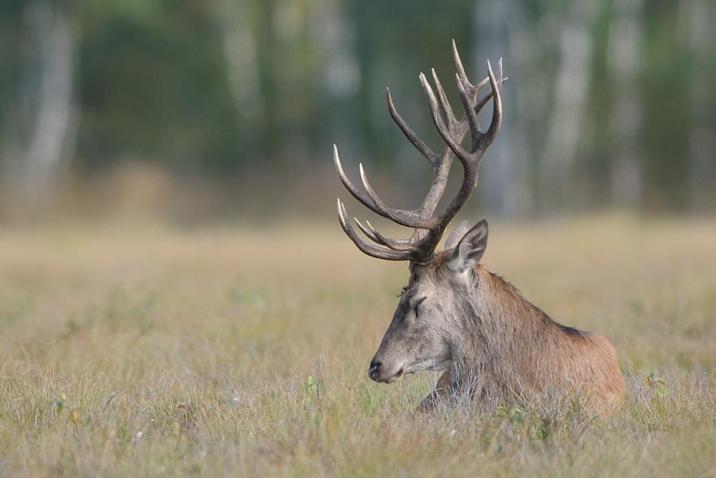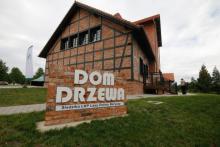 Asset Publisher
Asset Publisher
The State Forests National Forest Holding
The State Forests National Forest Holding is the largest organisation in the European Union managing forests, which belong to the State Treasury and celebrating its 90 anniversary this year.
Presently, we manage the area of one third of Poland's territory. Not long after the end of the Second World War, there was only 21 % of the area. Every year we plant 500 million of new trees, as we want Polish forests grow all the time.
Every year Polish foresters plant 500 million of trees.
85 % of nature reserves in Poland are located within the State Forests. 40 % of the forests managed by General Directorate of the State Forests are protected within the framework of European network Natura 2000. We fight against many threats: natural disasters, plaques of insects, trees' diseases, fires, pollutions, as well as poaching and vandalism.
We take care the forestry supplying the market with timber, as ecological and universal material, to be carried on in accordance with rules of balanced development (photography P.Fabjański).
One of our major tasks is making forests accessible to the society. We invite you to take advantage of these beautifully located within the forest wilderness holiday resorts, forester's lodges or guest rooms. That is for you, we create thousand kilometres of hiking trails, cycling paths or camping sites. All the above mentioned, you can find in service www.czaswlas.pl.
We also take care the forestry supplying the market with timber, as ecological and universal material, to be carried on in accordance with rules of balanced development. We obtain over 30 million of cubic meters of wood annually, twice as much as at the beginning of the nineties of the XX century.
Despite of this, the average of wood abundance per hectare of our forests is one fourth bigger than 20 years ago and 40% bigger than the average of European Union currently amounts.
In Poland in sectors connected with the forestry, there work about 375 thousand of people. It means that each 40 working Pole works in the forest.
In Poland in sectors connected with the forestry, there work about 375 thousand of people. It means that each 40 working Pole works in the forest. The sector of wood processing works out approximately 8 % of our GDP (Gross Domestic Product). Among others, thanks to the timber from the State Forests Poland is the 10 largest producer of furniture in the world, and the 4 largest furniture exporter.
The State Forests employ 25 thousand people. That way we are the 9 biggest employer in Poland. Among the largest companies in our country it takes 22 place in respect of its incomes and 11 place in respect of its profits. The value of assets, we manage, reaches 300 million zl. If we add social values, it will be worth one billion zlotych. We do not use money from the budget, but we earn money on our own to support the business. In spite of the financial crisis, since 2002, we continuously note down profits. Moreover, we pay taxes amounting 1,3 billion zl annually.
87 % of Poles think, the foresters are competent. We willingly share our knowledge of Polish forests, of their history and of nature values with the others. We publish books, periodicals, brochures; we also administer the website www.lasy.gov.pl . For children, the youth and teachers, we prepared internet service "E-lynx' Lynx Forest" (www.erys.pl). Our staff has supported schools in field of nature education for years. We also organise many actions to let people broaden their knowledge about forest, nature and ecology.
 Asset Publisher
Asset Publisher
Wkrótce rusza akcja „Wieniec”
Wkrótce rusza akcja „Wieniec”
Jest to już cykliczna akcja Straży Leśnej, prowadzona przy wsparciu sił Policji, Straży Granicznej oraz Państwowej Straży Łowieckiej.
Jej celem jest przeciwdziałanie i zwalczanie kłusownictwa oraz pozostałych przejawów tzw. szkodnictwa łowieckiego, kontrola legalności skupu i obrotu zwierzyną, a także egzekwowanie, głównie od osób trudniących się zbieraniem zrzutów poroży, zachowań zgodnych z obowiązującymi przepisami.
Działania strażników leśnych i pozostałych służb obejmą przede wszystkim patrolowanie terenów będących ostoją zwierzyny, obszarów zagrożonych kłusownictwem i odwiedzanych przez zbieraczy poroża. Podczas patroli będą sprawdzać czy zbieracze poroża nie wkraczają np. na tereny rezerwatów czy w miejsca objęte zakazem wstępu, czy swoimi działaniami nie płoszą zwierząt i nie narażają ich na stres. Przy okazji kontrolować będą czy w terenie nie są rozstawiane wnyki. Kontrole obejmą także punkty skupu dziczyzny i legalne pochodzenie mięsa.
Poroże to twarda, kostna struktura, którą noszą samce krajowych jeleniowatych. Im większe i okazalsze tym lepiej świadczy o sile oraz możliwościach reprodukcyjnych samca. Oprócz funkcji reprezentacyjnej służy także jako broń podczas walk byków o samice. Po zakończeniu okresu godowego jest ono zrzucane. Proces zrzucania poroża odbywa się co roku – samiec gubi stare poroże, a w jego miejsce wyrasta nowe.
Zrzutami nazywamy poroże zgubione przez sarny, łosie, daniele i jelenie. Przełom lutego i marca ta czas, kiedy jelenie pozbywają się starego poroża. Jednocześnie to czas kiedy do lasu ruszają „łowcy zrzutów”.
Zgodnie z obowiązującym w Polsce prawem znalezione zrzuty możemy sobie zabrać jeśli zostały one znalezione na terenie lasów gospodarczych. Zbieranie zrzutów w rezerwatach i parkach narodowych jest nielegalne. Udając się do lasu na poszukiwanie zrzutów należy pamiętać również o miejscach, w których obowiązuje zakaz wstępu, mimo, że jest to las gospodarczy. Są to m.in. lasy do 4 m wysokości drzew czy tereny oznaczone jako „Ostoja zwierzyny”.
Nie wolno również tropić i płoszyć zwierząt aby zdobyć poroże. Niestety nie wszyscy zbieracze postępują etycznie. Tropią chmary jeleni, zmuszają je do ciągłego przemieszczania się co doprowadza do osłabienia zwierząt, którym i tak jest ciężko z uwagi na zimowe warunki i ograniczony dostęp do pożywienia.
O tym jak szukać zrzutów w lesie opowiada Zdobek w jednym z odcinków „Obliczy lasów:


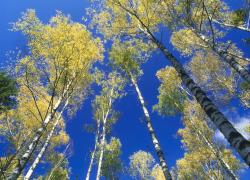 fot. Paweł Fabijański
fot. Paweł Fabijański
 fot. Paweł Fabijański
fot. Paweł Fabijański
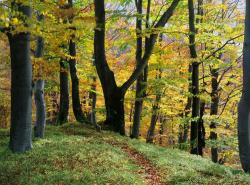 fot. Paweł Fabijański
fot. Paweł Fabijański
